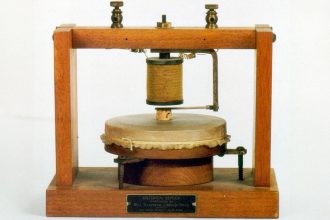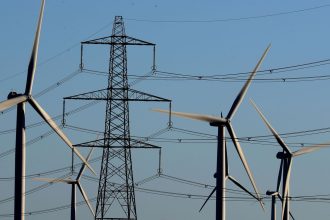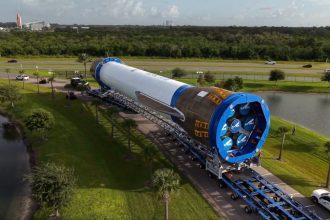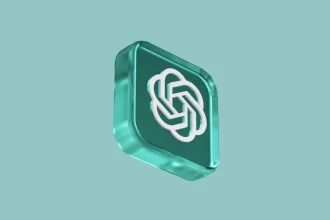Photo by Azhar J / Unsplash
Going to the Netherlands for a tech job already feels like a big win, but what if you can take more money without doing anything extra? That’s exactly what the 30% ruling offers. It’s a little-known expat tax break that could save you thousands of euros a year, yet many professionals don’t take full advantage of it.
Let’s break it down to understand how it really works, who is qualified, and what changes are coming in the coming years.
What exactly does the 30% ruling mean
The 30% ruling, officially called, 30% facility, is a tax benefit designed to attract highly skilled professionals from abroad. Under this scheme, qualifying employees can receive up to 30% of their taxable wage as a tax-free allowance for a period of up to five years.
This advantage helps to offset the additional costs of migrating to the Netherlands, such as housing, travel, and general settlement expenses, collectively known as extraterritorial costs. This is a win-win arrangement: foreign professionals get financial relief, and Dutch companies reach global talent.
What qualifies you for the 30% ruling
To be eligible, you must be recruited from outside the Netherlands, have specialised expertise not easily found locally. Your salary must also meet the minimum limit — currently €46,660 annually (2025), or €35,468 if you are under 30 with a master’s degree.
You must also prove that you lived at least 150 kilometres away from the Dutch border before your employment. This is typically shown through residence records or address history, along with documents such as your employment contract, payslips, and identification.
Once approved, your employer adjusts your payroll so that 30% of your income is tax-free.
How to Apply?
Once you get a job offer, the process starts. You and your employer will have to apply to the Dutch Tax Administration (Belastingdienst) within four months of starting the work. Applications can be submitted online through DIGID or sent by post (registered mail is recommended).
Here is a quick breakdown:
- Confirm the eligibility – Check that you meet the salary and residence criteria.
- Prepare the document – Gather your contract, proof of residence, qualifications, and identification.
- Submit the application – File the official form with the BelastingDienst.
- Wait for processing – Decision making usually takes 8–12 weeks.
- Update payroll – Once approved one time, your employer implements tax-free allowances.
If you change employment, you can continue your 30% decision, as long as you apply with your new employer within three months.
How Long Does it Last?
Until a few years ago, expats enjoyed this benefit for up to eight years. However, since 2019, the period has been reduced to five years. The government explained that most expats use it for less than that period, and that relocation costs tend to decrease over time.
What’s changing in 2025-2027
Good news: the Dutch government has decided not to reduce the tax-free percentage in 2025 and 2026. It will remain at 30%.
But starting in 2027, the tax-free part will fall slightly to 27% for the entire period of the ruling. Salary thresholds will also increase, so employers and HR teams are advised to review employee cases promptly and inform workers who may be affected.
Conclusion
For tech professionals, specifically those relocating for a job in AI, cybersecurity, or software development, the 30% ruling can make all the difference. It covers the level of prices in Dutch cities like Amsterdam or Eindhoven and makes relocating overseas considerably more appealing.
In short, the 30% ruling is one of Europe’s most generous expat tax schemes. And while the rules are tightening slightly from 2027, it’s still a valuable incentive for anyone bringing specialised skills to the Netherlands’ growing tech ecosystem.
Superannuation for Tech Migrants: How to claim your 11% employer contribution in Australia
If you’re a tech migrant in Australia, you’re entitled to an extra 11% of your salary through superannuation, and you can even claim it back when you leave.



















